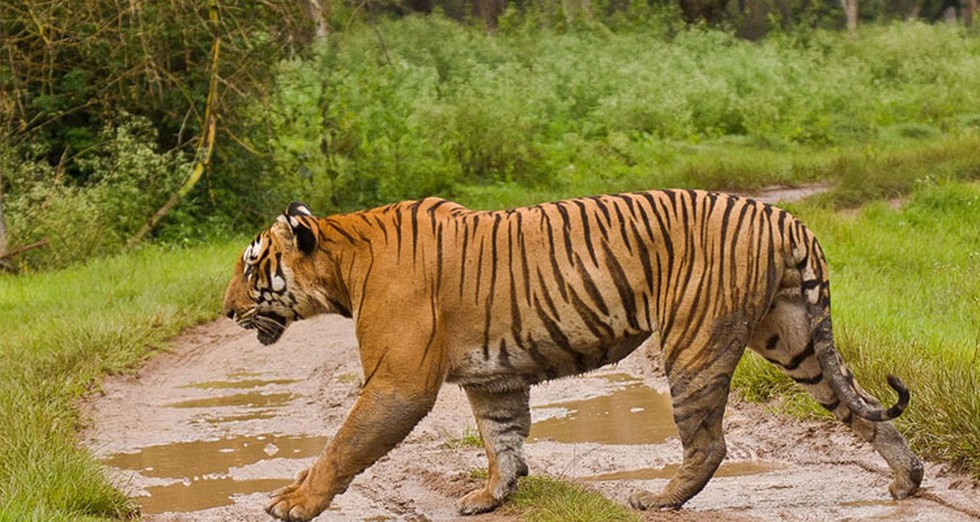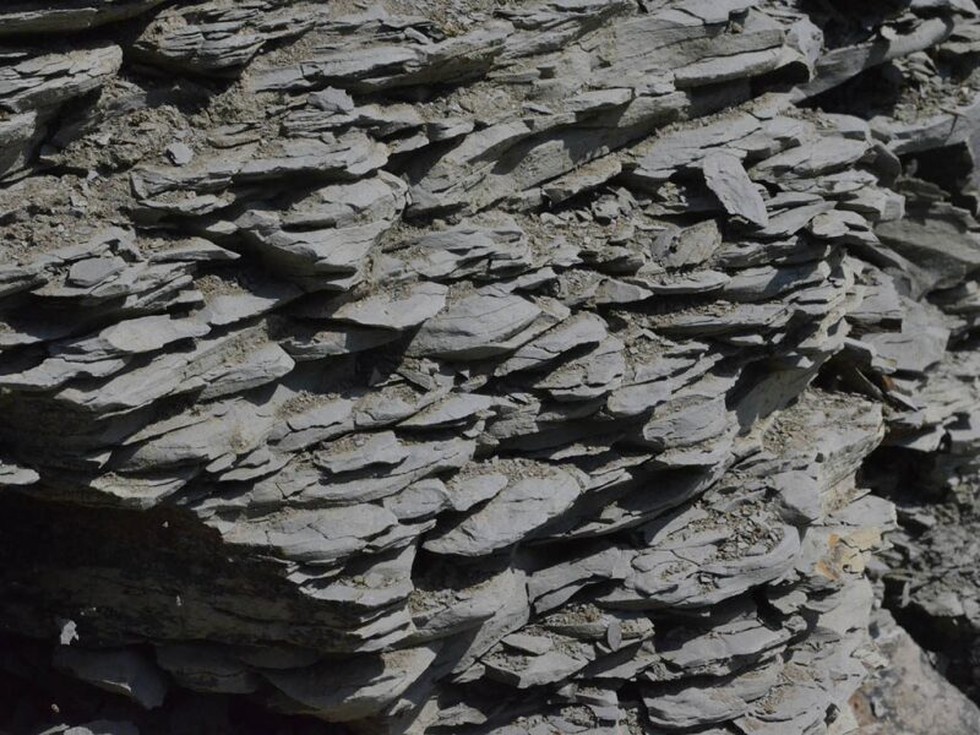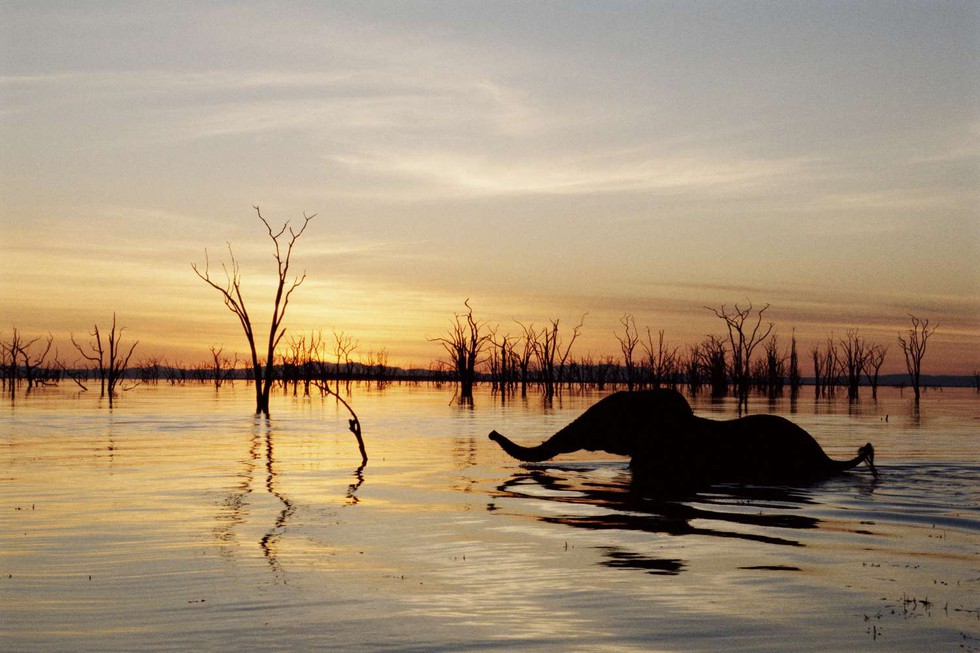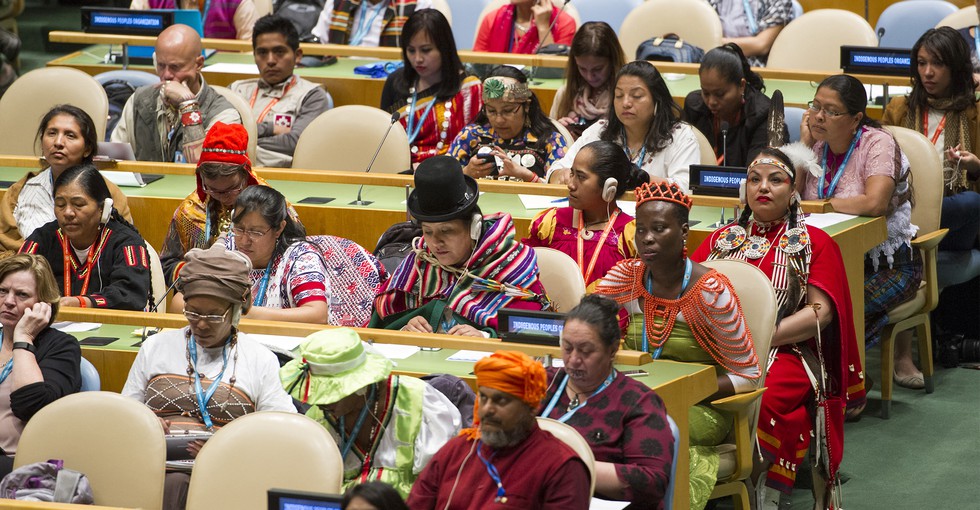Mudumalai Tiger Reserve
A pack of wild dogs or Dholes, in Mudumalai Tiger Reserve (MTR) have suffered severe exfoliating mixed skin infections.

About Mudumalai Tiger Reserve:
- Location:
- It is located in the Nilgiris District of Tamil Nadu, at the tri-junction of three states, viz, Karnataka, Kerala, and Tamil Nadu.
- It lies on the Northeastern and Northwestern slopes of the Nilgiri hills, which is a part of the Western Ghats. It is part of the Nilgiris Biosphere Reserve, the first biosphere reserve in India.
- It has a common boundary with Wayanad Wildlife Sanctuary(Kerala) on the west, Bandipur Tiger Reserve (Karnataka) on the north, the Nilgiris North Division on the south and east, and Gudalur Forest Division on the south-west.
- Habitat: A variety of habitats ranging from tropical evergreen forest, moist deciduous forest, moist teak forest, dry teak forest, secondary grasslands, and swamps are found here.
- River: The Moyar River runs through the reserve.
- Flora:
- It has tall grasses, commonly referred to as “Elephant Grass”, bamboo of the giant variety, and valuable timber species like Teak, Rosewood, etc.
- It has wild relatives of cultivated plants, viz. wild rice, ginger, turmeric, cinnamon, etc.
- The habitat also has swampy areas (Vayals) and grasslands.
- Fauna:
- The faunal assemblage includes: elephant, gaur, sambar, Four Horned antelope, spotted deer, barking deer, blackbuck, wild pig, mouse deer, and predators like tigers, leopards, and wild dogs.
- The recent Oscar-winning ‘Elephant Whisperers’ was filmed at the Theppakadu Elephant Camp, located inside the Mudumalai Tiger Reserve.
What is Kerogen?
The primary source of hydrocarbons in the rocky underground is called kerogen: lumps of organic matter.

About Kerogen:
- It is the portion of naturally occurring organic matter that is non-extractable using organic solvents i.e. it is insoluble in solvents. It represents about 90% of the organic carbon in sediments.
- It occurs in source rock and may expel hydrocarbons upon thermal cracking. Typical organic constituents of kerogen are algae and woody plant material.
- It consists of lighter as well as heavier hydrocarbons and acts like a precursor of oil and natural gas. They have a high molecular weight relative to bitumen, or soluble organic matter. Bitumen forms from kerogen during petroleum generation.
- Kerogens are described as Type I, consisting of mainly algal and amorphous (but presumably algal) kerogen and highly likely to generate oil; Type II, mixed terrestrial and marine source material that can generate waxy oil; and Type III, woody terrestrial source material that typically generates gas.
- The types of kerogens present in a rock largely control the type of hydrocarbons generated in that rock.
- Different types of kerogens contain different amounts of hydrogen relative to carbon and oxygen. The hydrogen content of kerogen is the controlling factor for oil vs. gas yields from the primary hydrocarbon-generating reactions.
Lake Kariba
Water levels at Lake Kariba in Zimbabwe have dropped dramatically because of the latest El Nino drought.

About Lake Kariba:
- It is the world’s largest man-made lake and reservoir by volume. It lies along the border between Zambia and Zimbabwe. It is 200 kilometers downstream of Victoria Falls.
- The lake was filled following the completion of the Kariba Dam wall at its northeastern end, flooding the Kariba Gorge on the Zambezi River.
- The Kariba Dam consists of a double-arch wall. The wall extends across the Kariba gorge, creating a border crossing between Zambia and Zimbabwe.
- It provides considerable electric power to both Zambia and Zimbabwe and supports a thriving commercial fishing industry.
Source : El Nino drought leaves Zimbabwe’s Lake Kariba only 13% full: A disaster for people & wildlife
UN Permanent Forum on Indigenous Issues (UNPFII)
The 23rd session of the UN Permanent Forum on Indigenous Issues recently commenced in New York, United States.

About UN Permanent Forum on Indigenous Issues (UNPFII):
- It was created in 2000 as an advisory body to the United Nations Economic and Social Council (ECOSOC) with a mandate to discuss indigenous issues related to economic and social development, culture, environment, education, health and human rights.
- According to its mandate, the Permanent Forum will:
- Provide expert advice and recommendations to the Council, as well as to programmes, funds and agencies of the United Nations, through the Council.
- Raise awareness and promote the integration and coordination of activities related to indigenous issues within the UN system.
- Prepare and disseminate information on indigenous issues.
- It is one of three UN bodies that is mandated to deal specifically with Indigenous Peoples’ issues.
- The others are the Expert Mechanism on the Rights of Indigenous Peoples and the Special Rapporteur on the Rights of Indigenous Peoples.
- Members:
- It is comprised of sixteen independent experts, functioning in their personal capacity, who serve for a term of three years as members and may be re-elected or re-appointed for one additional term.
- Eight of the members are nominated by governments and eight are nominated directly by indigenous organisations in their regions.
- It prepares a report of the session containing recommendations and draft decisions, which is submitted to the ECOSOC.


























































































































































.png)
.png)
.png)
.png)
.png)


.png)
.png)
.png)





.png)
.png)






.png)
.png)
.png)
.png)
.png)
.png)
.png)
.png)
.png)

.png)







.png)
.png)


.png)
.png)
.png)


.png)

.png)
.png)





.jpg)

.png)
.png)


.png)

.png)
.png)
.png)

.jpg)

.jpg)


.png)

.png)
.png)
.png)
.png)
.png)
.png)
.png)
.png)
.png)
.png)




.png)

.png)





.png)
.png)
.png)
.png)
.png)
.png)
.png)
.png)
.png)
.png)
.jpg)
.jpg)

.png)
.png)
.png)
.png)
.png)
.png)
.png)
.png)
.png)
.png)
.png)
.png)
.png)
.png)
.png)
.png)
.png)
.png)
.png)
.png)
.png)
.png)



.png)
.png)

.jpg)
.jpg)


.jpg)
.jpg)
.jpg)
.jpg)
.jpg)

.jpg)








.jpg)
.jpg)
.jpg)
.jpg)
.jpg)

















.jpg)
.jpg)







.jpg)


















.jpg)
.jpg)






























































































.jpg)
.jpg)


























.jpg)

.jpg)










.jpg)








.jpg)




.jpg)










.jpg)


















.jpg)












































.jpg)














.jpg)
.jpg)
.jpg)





.jpg)

.jpg)
.jpg)





































































.jpg)


































.jpg)
.jpg)
















































.jpg)












.jpg)


.jpg)




.jpg)
.jpg)
.jpg)

.jpg)
.jpg)
.jpg)
.jpg)

.jpg)
.jpg)
.jpg)

.jpg)
.jpg)
.jpg)
.jpg)
.jpg)
.jpg)
.jpg)
.jpg)

.jpg)


.jpg)
.jpg)
.jpg)
.jpg)
.jpg)
.jpg)
.jpg)
.jpg)
.jpg)
.jpg)











.jpg)
.jpg)





.jpg)
.jpg)
.jpg)
























.jpg)
























.jpg)









.jpg)
.jpg)







.jpg)
.jpg)









































.jpg)
.jpg)
.jpg)
.jpg)
.jpg)

.jpg)
.jpg)
.jpg)
.jpg)
.jpg)


.jpg)
.jpg)
.jpg)
.jpg)
.jpg)

.jpg)
.jpg)
.jpg)
.jpg)
.jpg)
.jpg)
.jpg)
.jpg)
.jpg)
.jpg)
.png)

.png)
.png)

.png)
.png)
.png)
.png)


.jpg)
.jpg)

.jpg)
.jpg)
.jpg)

.png)
.png)
.png)
.png)
.png)
.png)
.png)

.png)
.png)
.png)
.png)
.png)
.png)
.png)
.png)
.png)
.png)





































































-min.png)



.png)




.png)








































